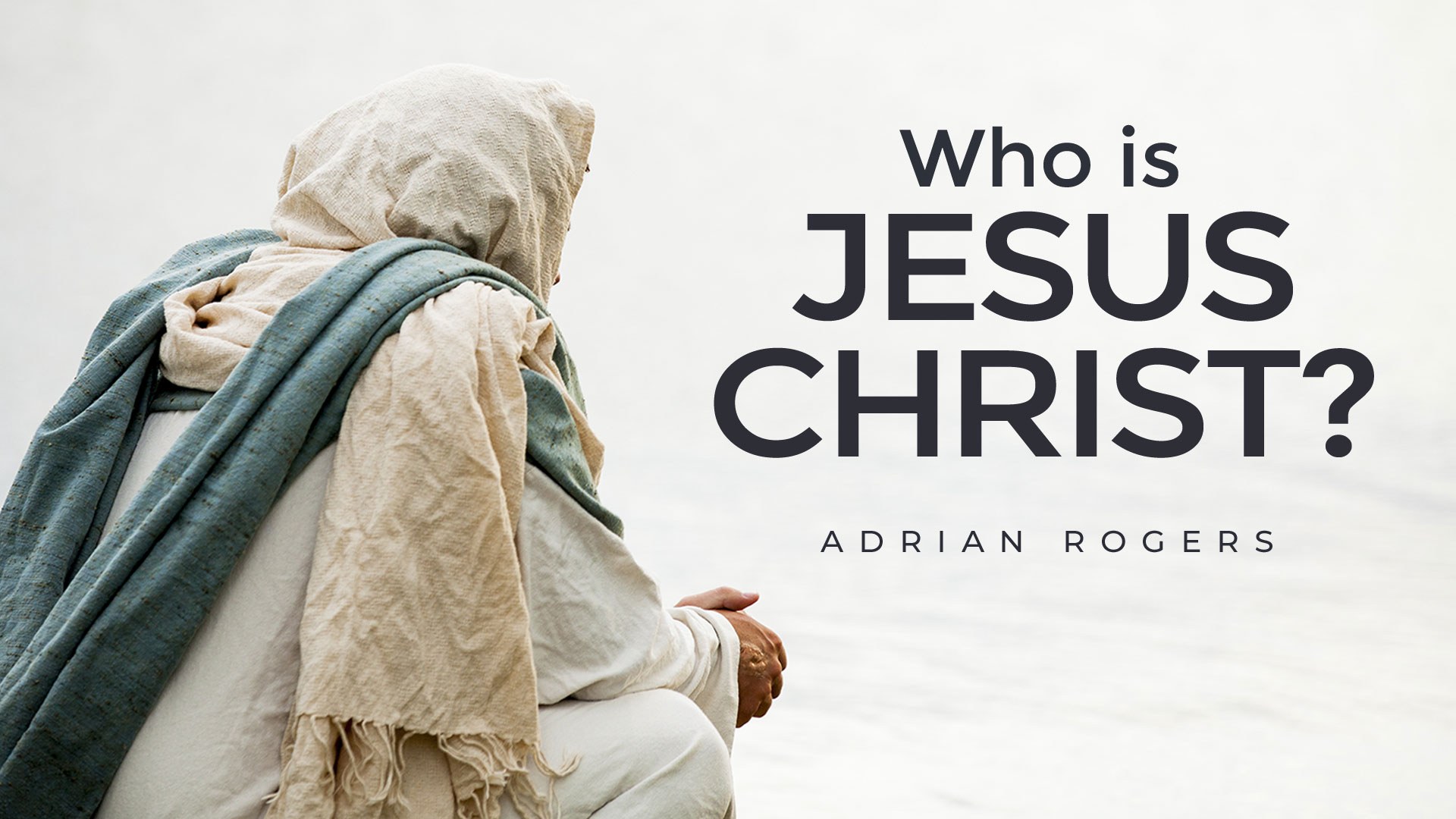The light of Christ was the beginning of who is jesus, but the history of the Christian Church began with the resurrection of Jesus and a time forty days later with the first sermon given by Peter. His sermon and the whole-hearted commitment of the disciples at Pentecost illustrate the power of Jesus’ death and the gifts that Jesus Christ gave to them for humanity’s sake. The Christian community in the first several centuries survived as a sect within the Roman empire, until early in the 4th century and Emperor Constantine will the Christian community be altered into a Christian empire.
The early Christian community functioned as a sect, much like Judaism during the time of Jesus. Sects and counter-cultures generally defy the broader world, they are moralizing and a sect is exclusivistic. The Christian community in the first three centuries is defined by these characteristics.
Early Christianity denied many of the tenants of the pagan Roman world. The Romans viewed Christians as atheists because Christians denied traditional and imperial worship. Christian monotheism clashed with the culture’s polytheism. An implication of Christian religiosity was pacifism, since Christians were members of the Kingdom and dwelled on earth temporarily they did not take part in warfare. Christians, as well, were slandered by some Romans for participating in incestuous behavior and practicing cannibalism. It was written that members of the Christian community were involved in incest during their evening meals, a skewed version of Christians being literally brothers and sisters. They were labeled as cannibals because of their Eucharistic beliefs. Romans also viewed Christians as ignorant and foolish for their missionary work to the poor and those of low status in society.
The Christian community was exclusivistic and moralistic. A Christian had to be baptized to enter the faith, they had to agree to enter the community and put himself or herself under the jurisdiction of the Church. The Sacrament of Initiation, originally combined baptism, Eucharist and confirmation, was a long and intensive process. The function of baptism was purification, conversion and to renew the human through the power of the Spirit. In preparation for baptism, one’s sins needed to be repented, full observation of the commandments and, one had to receive and proclaim the good news of Christ.
Once an individual made the conversion to Christ, they could participate in the Eucharist. This celebration was in essence a simple ritual meal shared in community to remember and give thanks for the death and resurrection of Christ. Generally, Christians gathered in someone’s house and they celebrated mass together. The oldest Christian church building dates to 250AD, within several decades numerous churches had been established.
Along with sacrament of initiation, penance was vitally important. Jesus gave the Church via the disciples the power to remit sins and thus exclude sinners. Before Eucharist, an individual needed to confess their sins to God through a priest. A component with receiving forgiveness was a corresponding commitment to work towards ending the sinful practices in his or her life. Christian beliefs demanded rigorous adherence, and commitment to live “in Christ Jesus.”
If the individual entered the jurisdiction of the Church then there was a variety of Christian beliefs that could fulfill their covenant. This allowed the Church to be theologically diverse and exclusivistic. Christianity’s theological diversity and character fundamentally changed in the 4th century because of Emperor Constantine.
Beginning in 64AD after the Great Fire of Rome, which was blamed on the Christians by Emperor Nero (emperor 54-68AD), Christians endured times of sporadic persecutions. The persecutions occurred due in part because of Christians’ lack of conformity with the government. The Roman Empire was tolerant but if Christianity and another entity came into conflict, the former took the brunt of the government’s abuse. Do in part to civil wars, the attacks from the barbarians, population declines and other factors, the Roman Empire increased their attacks on the Christians as a way to unify the country and reduce some internal friction.
Emperor Gallienus (sole emperor 260-268AD), however signed an edict of tolerance in the 3rd century which ushered in a time of peace for Christians. This helped to recruit converts to the faith, but individuals were not dissuaded from becoming Christian during the periods of persecutions. As state-led persecutions were occurring the number of Christians and those willing to become martyrs for the Church increased. Emperor Diocletian (emperor 284-305AD) ordered the last persecution of Christians and the most serious persecutions occurred in the early 4th century. Because of internal and external threats, he also divided the empire into quadrants and installed a ruler in each, which lead directly to several warring factions attempting to gain power.
Constantine inherited one third of the Western Roman Empire in 306AD, by 324AD he was the sole ruler of entire Empire. He converted to Christianity, if albeit for political reasons, in 313AD after a dream and a vision which led him to defeat Maxentius at the Battle of the Milvian Bridge, using a sign denoting Christ on his army’s weaponry. Because of this political change Christianity became absorbed in the world; there was a systematic breakdown between the church and society. Christianity radically changed from a sect to an institution.
